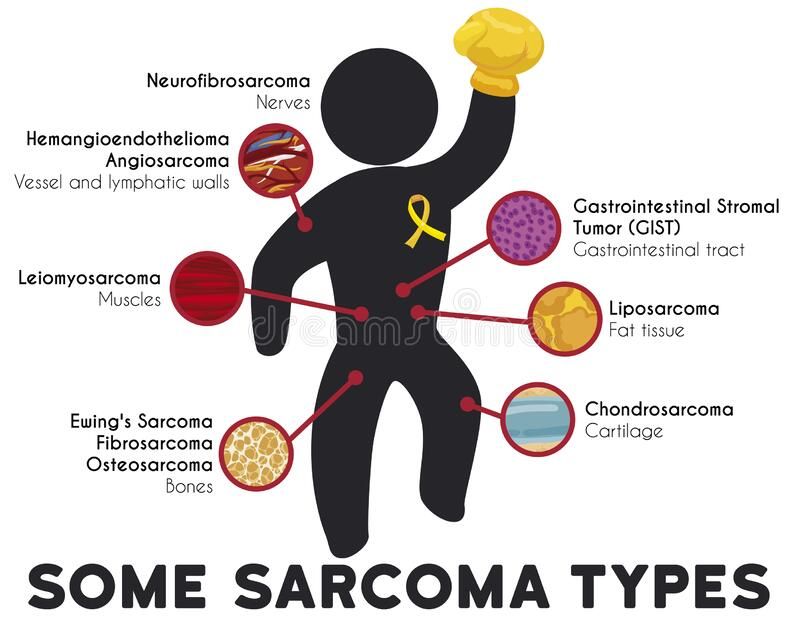Surgical Extraction: Solutions For Impacted Teeth
Impacted teeth, a common oral health issue, can cause considerable discomfort and lead to more severe complications if not addressed properly. The condition occurs when a tooth fails to erupt into the dental arch due to lack of space, resulting in the tooth becoming stuck or “impacted.” This can happen to any tooth, but it’s most commonly seen with wisdom teeth, also known as third molars. The solutions for impacted teeth often involve surgical extraction, a procedure that requires careful planning, precise execution, and thorough post-operative care.
Understanding Impacted Teeth
Before diving into the solutions, it’s essential to understand the causes and consequences of impacted teeth. Impacted teeth can be caused by a variety of factors, including genetic predisposition, overcrowding of the teeth, and abnormalities in the shape or size of the jaw. If left untreated, impacted teeth can lead to discomfort, pain, infection, and damage to surrounding teeth and bone. The impacted tooth can also push against the adjacent teeth, causing them to become misaligned and increasing the risk of tooth decay and gum disease.
Diagnosis and Assessment
The diagnosis of impacted teeth typically involves a combination of clinical examination and radiographic imaging. Dental professionals use X-rays and 3D scans to assess the position and condition of the impacted tooth, as well as the surrounding bone and teeth. This information is crucial for determining the best course of action and predicting potential complications. For instance, a study published in the Journal of Oral and Maxillofacial Surgery found that the use of 3D scans can improve the accuracy of diagnosis and treatment planning for impacted teeth.
Surgical Extraction: The Procedure
Surgical extraction of an impacted tooth is usually performed under local anesthesia or sedation to minimize discomfort and anxiety. The procedure involves making an incision in the gum to access the impacted tooth, followed by the removal of any bone that may be covering the tooth. The tooth is then sectioned, if necessary, to facilitate its removal. In some cases, the impacted tooth may need to be broken into smaller pieces to ease its extraction.
Pre-operative Preparation
Before undergoing surgical extraction, patients are usually advised to:
- Avoid eating or drinking for a specified period before the procedure
- Inform their dentist about any medications they are taking, including blood thinners
- Arrange for someone to drive them home after the procedure
- Plan for a few days of rest and recovery
A case study on pre-operative preparation for surgical extraction of impacted teeth found that patients who followed these guidelines experienced less post-operative pain and swelling.
The Procedure Steps
- Incision and Access: The surgeon makes an incision in the gum to expose the impacted tooth. The size and location of the incision depend on the tooth’s position and the amount of bone covering it.
- Bone Removal: Using specialized instruments, the surgeon carefully removes any bone that is obstructing access to the impacted tooth.
- Sectioning the Tooth: If the tooth is large or its roots are curved, the surgeon may need to section it into smaller pieces to make its removal easier and less traumatic.
- Tooth Extraction: The impacted tooth or its sections are then carefully extracted from the socket.
- Wound Closure: After the tooth has been removed, the surgeon closes the incision site, usually with sutures, to promote healing.
Post-operative Care
After surgical extraction of an impacted tooth, proper post-operative care is essential for minimizing complications and ensuring a smooth recovery. This includes:
Managing Pain and Discomfort
- Using pain medication as directed by the surgeon
- Applying ice packs to reduce swelling
- Eating soft foods for a few days to avoid irritating the wound
According to a study published in the Journal of Dental Research, the use of ice packs and pain medication can significantly reduce post-operative pain and swelling.
Promoting Healing
- Keeping the wound clean by rinsing with salt water
- Avoiding strenuous activities for a few days
- Following a soft diet to prevent discomfort and complications
A case study on post-operative care for surgical extraction of impacted teeth found that patients who followed these guidelines experienced faster healing and fewer complications.
Follow-up Appointments
It’s crucial to attend follow-up appointments with the surgeon to ensure that the healing process is progressing as expected. During these visits, the surgeon can remove any sutures, assess the healing of the wound, and provide additional guidance on post-operative care.
Complications and Considerations
While surgical extraction of impacted teeth is generally a safe procedure, there are potential complications to be aware of, including:
- Dry Socket: A condition where the blood clot that forms over the socket is dislodged, exposing the bone and nerve endings.
- Infection: Bacterial infection of the socket, which can be managed with antibiotics.
- Nerve Damage: Temporary or permanent numbness or tingling of the lip, tongue, or chin due to irritation of the nerves during the procedure.
A study published in the Journal of Oral Surgery found that the risk of complications can be minimized by following proper post-operative care guidelines and attending follow-up appointments.
Conclusion
Surgical extraction of impacted teeth is a common and effective solution for addressing the discomfort and potential complications associated with this condition. By understanding the causes of impacted teeth, the procedure involved in their extraction, and the importance of post-operative care, individuals can make informed decisions about their oral health. It’s essential to work closely with a dental professional to determine the best approach for each individual case, ensuring a safe and successful outcome.
FAQ Section
What are the symptoms of an impacted tooth?
+Symptoms can include pain, swelling, bad breath, and an unpleasant taste in the mouth. In some cases, there may be no noticeable symptoms, emphasizing the importance of regular dental check-ups for early detection.
How long does it take to recover from surgical extraction of an impacted tooth?
+The recovery time can vary depending on the complexity of the procedure and the individual’s healing process. Generally, it takes a few days to a week to recover, with most patients able to return to their normal activities within 3-5 days.
Can impacted teeth be prevented?
+While not all cases of impacted teeth can be prevented, regular dental check-ups and maintaining good oral hygiene can help identify potential issues early. In some cases, preventive measures such as orthodontic treatment or the removal of wisdom teeth before they become impacted may be recommended.

